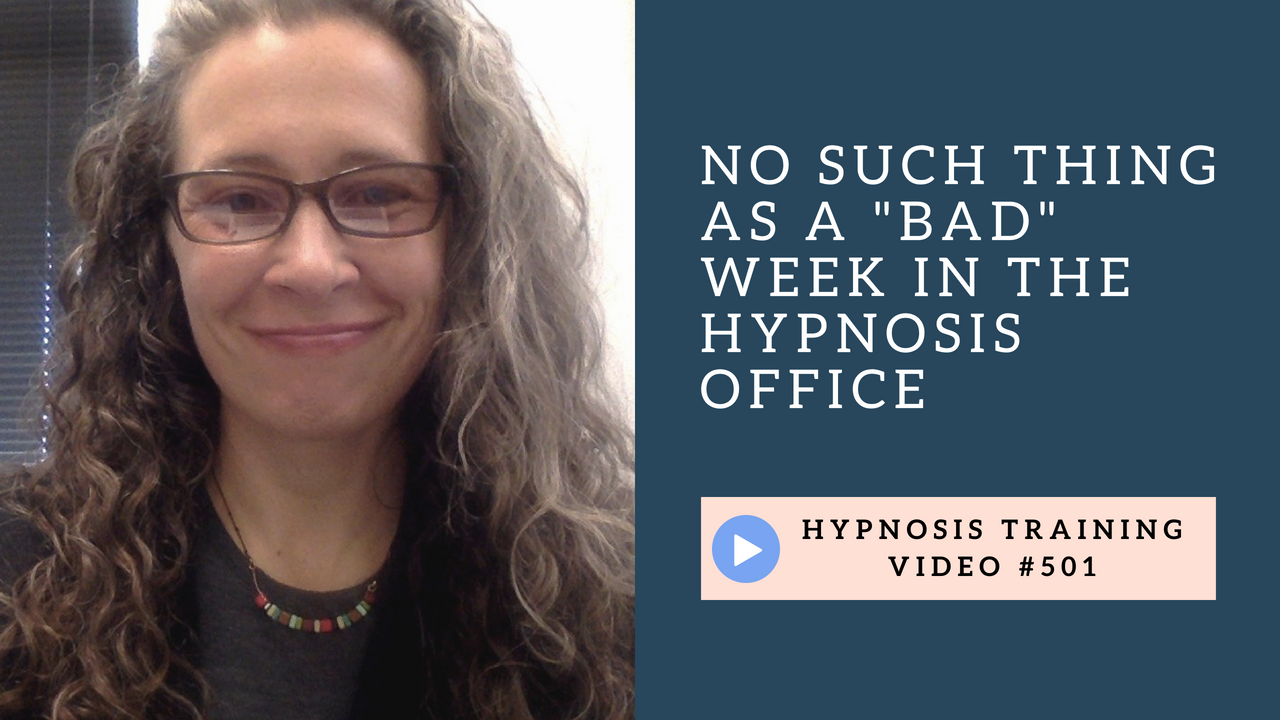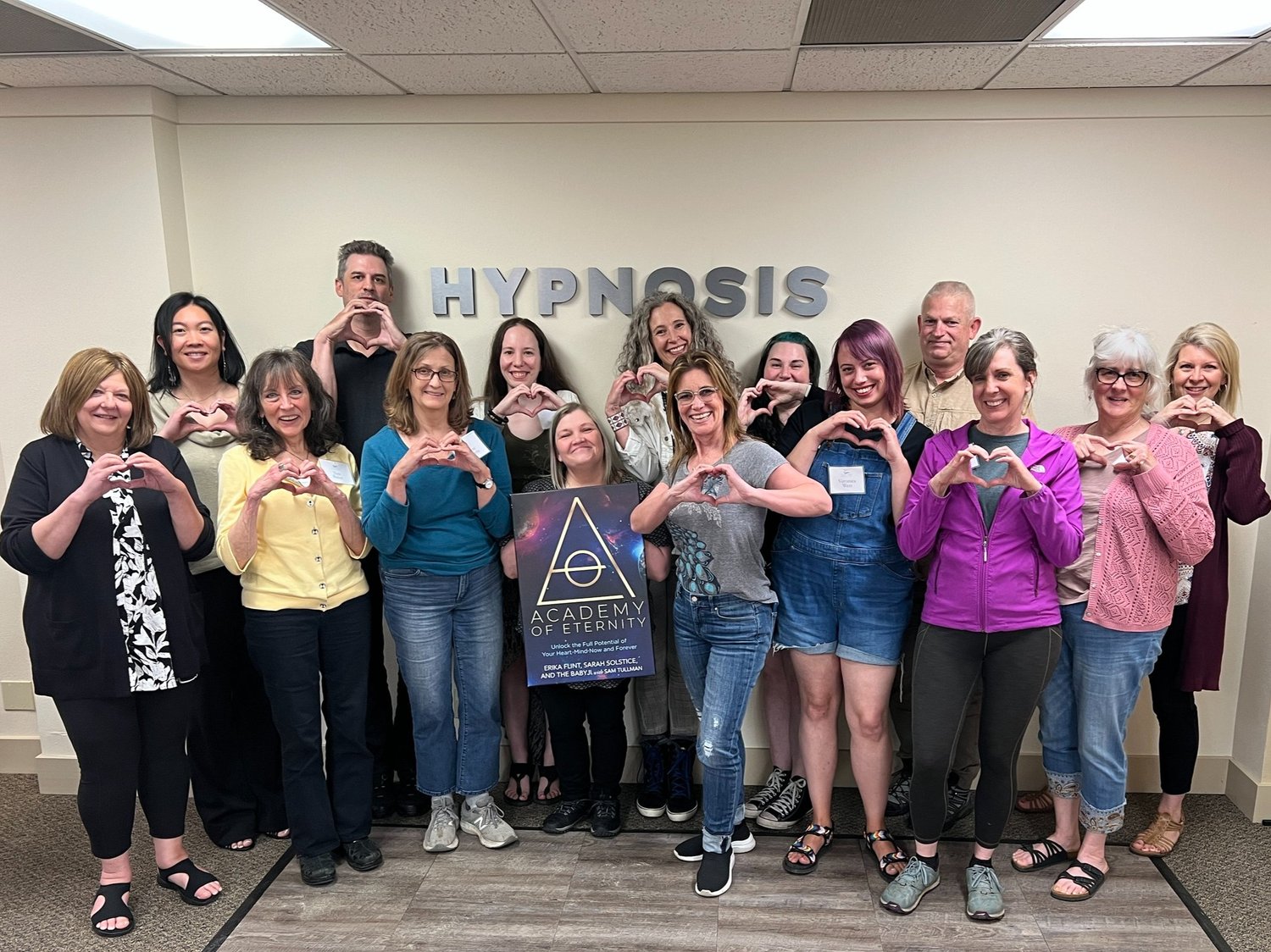Beyond the Basics: Two Hidden Barriers to Mental Transformation
Beyond the Basics: Two Hidden Barriers to Mental Transformation
In our previous exploration, "Breaking Free from Mental Stagnation," we uncovered two fundamental patterns that keep capable professionals trapped in cycles of frustration and limitation. We explored how focusing on what we don't want inadvertently strengthens those very patterns, and how turning dynamic processes into static nouns (nominalizations) creates an illusion of permanence where change is actually possible.
For many clients, addressing these two patterns creates immediate, noticeable shifts. Yet for others, transformation remains elusive. This raises an important question: what deeper barriers might be operating beneath the surface?
Through years of clinical observation and thousands of client sessions, I've identified two additional patterns that create profound barriers to transformation - patterns so subtly woven into our daily experience that they often escape notice entirely. Understanding these patterns completes the picture of why intelligent, capable people remain stuck despite their best efforts.
Two Advanced Barriers to Transformation
Pattern Three: How Our Words Shape Our Experience
When Laura, that ICU nurse I mentioned earlier, first described her situation, she said, "I am stuck." This simple phrase reveals a powerful pattern that keeps many of us from changing.
The Problem with "I Am" Statements
Think about the difference between saying:
- "I am stuck"
- "I am feeling stuck right now"
The first statement merges who you are with a temporary feeling. This isn't just about words - it changes how your brain responds to the situation.
Why This Matters
When we say "I am stuck," we're telling our brain that being stuck is part of our identity. This makes change much harder because our brain is designed to protect our sense of self. If being stuck feels like who we are, any attempt to change feels threatening.
Breaking Free from "I Am" Statements
The path forward begins with noticing these statements and creating some space between yourself and the feeling.
A Simple Three-Step Approach
- Notice your words: "I hear myself saying 'I am stuck'"
- Create some distance: "I'm experiencing a feeling of being stuck"
- Find it in your body: "Where do I feel this "stuckness", or stuck feeling physically?"
This third step is especially powerful. When Laura located her stuck feeling as tightness in her shoulders, it immediately became something she could work with, not something she was.

What to Expect
In my hypnosis practice, I've noticed that when clients make this shift in language, they often experience immediate physical changes. Their breathing deepens, their shoulders relax, and they report feeling "lighter." These physical changes signal that the brain is already beginning to create new possibilities.
Pattern Four: Moving Beyond "Good" and "Bad" Feelings
James, a software developer, came to my office convinced he was “stuck in anxiety.” As we explored his experience, we discovered something surprising: what he called “being stuck” was actually an emotional journey his brain was trying to complete.
The Problem with Emotional Labels
Many of us were taught to divide emotions into two categories:
✅ “Good” emotions like happiness and calm
❌ “Bad” emotions like fear, anger, and sadness
This oversimplification makes it easy to resist natural emotional shifts that are actually part of processing and healing.
Emotions Move in Sequences
Emotions don’t exist in isolation; they flow in patterns:
→ FEAR → ANGER → SADNESS → ACCEPTANCE
Each stage has a purpose—fear signals, anger mobilizes, sadness releases, and acceptance integrates. When people feel stuck, it’s often because an emotional sequence is incomplete.
James thought he was “stuck in anxiety,” but when he examined it more closely, he realized his emotions were evolving - his anticipation was turning into determination.
A Shift in Perspective
Instead of asking, “Why do I feel this way?” try leading with curiosity:
“I wonder where is this emotion taking me next?”
Recognizing emotions as movement, not identity, changes everything, and adding hypnotic language of "wonder" and asking the mind a question, shifts perspective to a powerful position.
Learning Your Emotional Language
Developing a richer emotional vocabulary helps you recognize healing when it's happening.
A Simple Practice
Instead of asking "Do I feel good or bad?", try these questions:
- "What specific emotion am I feeling right now?"
- "How is this emotion different from what I felt yesterday?"
- "What might this emotion be preparing me for?"
A Real-Life Example
Remember James, the software developer? When he started tracking his emotions more specifically, he realized his "anxiety" had actually transformed into determination. It wasn't that he was stuck - he was progressing through a natural emotional sequence, but his limited emotional vocabulary prevented him from recognizing his own growth.
The Role of Hypnosis in Addressing Advanced Patterns
While conscious awareness of these patterns is valuable, hypnosis offers unique advantages in addressing them effectively.
Hypnosis and Identity Statements
In hypnosis, clients naturally experience a state of gentle dissociation - a slight separation between their observing awareness and their thoughts, feelings, and sensations. This state creates the perfect conditions for:
- Noticing identity-based language without judgment
- Experiencing the emotional charge behind these statements
- Reconnecting with a sense of self that exists beyond temporary states
- Rehearsing new language patterns at both conscious and subconscious levels
One client, a physician who had struggled with procrastination for years, described this experience: "In hypnosis, I could see myself saying 'I am a procrastinator' as if watching it on a screen. From that perspective, it seemed so obvious that this was just a pattern I was running, not who I am. I felt this wave of relief wash over me."
Hypnosis and Emotional Progression
Hypnosis also creates optimal conditions for recognizing and completing emotional sequences:
- Accessing emotions without the conscious mind's categorization
- Experiencing the natural flow between emotional states
- Resolving "stuck" emotions by completing interrupted processing
- Integrating emotional wisdom at both conscious and subconscious levels
As one client described it, "Under hypnosis, I could feel my fear turning into anger, then sadness, then acceptance - all within minutes. It was like watching a time-lapse video of emotional healing. I realized I'd been fighting this process my entire life."
Integrating All Four Patterns
When we work with all four patterns simultaneously, transformation becomes not just possible but natural:
- Redirect focus: Move from what you don't want to what you do want
- Reanimate processes: Turn frozen nouns back into flowing verbs
- Separate states from identity: Create space between temporary experiences and who you are
- Honor emotional progressions: Recognize the natural flow of emotional healing
This comprehensive approach addresses transformation at every level - attention, language, identity, and emotion. Rather than forcing change through willpower alone, it aligns with how our brains naturally create new patterns.
Advanced Applications: Using Hypnosis for Complete Integration
While each of these patterns can be addressed consciously, hypnosis accelerates transformation by creating access to states where:
- The conscious and subconscious mind can communicate clearly
- Limiting identity beliefs become accessible for revision
- Emotional sequences can complete naturally
- New mental pathways form with less resistance
In hypnosis, clients often report experiencing what neuroscientists call "state-dependent memory" - access to the original experiences where limiting patterns were formed. This access allows for what therapists call "reconsolidation" - updating old learning with new understanding.
As one client, a high school teacher, described it: "Under hypnosis, I suddenly remembered telling myself 'I am broken' after a difficult childhood experience. I could feel how that belief had shaped everything - and I could also feel it dissolving as I reconnected with a deeper sense of who I really am."
The cumulative effect of this work is what one client, an engineer, described as "a profound sense of becoming unstuck in all areas simultaneously." As she explained, "Once I stopped being an 'anxious person' and started noticing 'feelings of anticipation moving through me,' everything changed. Work projects flowed, relationships improved, and even physical tension I'd carried for years began to release."
Next Steps: Experiencing Advanced Transformation
Understanding these patterns intellectually is valuable, but experiencing their integration through hypnosis creates lasting neurological change that mere understanding cannot achieve.
Whether you're considering this work for your personal transformation or as an addition to your professional toolkit, the Amplify Your Personal Power with Hypnosis Bootcamp offers a structured pathway to mastering these advanced patterns.
As a healthcare provider, educator, or business professional, you already understand the value of evidence-based approaches to change. The Amplify Bootcamp provides both the theoretical framework and experiential practice needed to work effectively with all four patterns of transformation.
Ready to move beyond understanding and into experience? Join our next Amplify Bootcamp to learn how to access these profound states reliably and make transformation your natural way of being.



